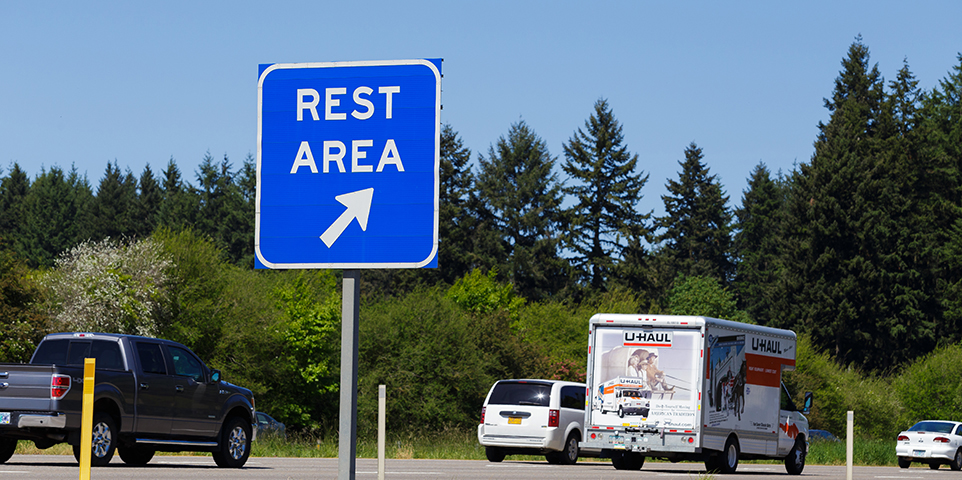MEMBERSHIP
AMPLIFY
EN ESPAÑOL
Connect With Us
- Popular search terms
- Automobile
- Home + Renters
- Claims
- Fraud
- Hurricane
- Popular Topics
- Automobile
- Home + Renters
- The Basics
- Disaster + Preparation
- Life Insurance

According to the Centers for Disease Control and Prevention (CDC), drowsy driving is the dangerous combination of driving when sleepy. Drowsiness can make a person less able to pay attention to the road, lead to slow reaction time, and affect the ability to make good decisions.
According to the National Highway Traffic Safety Administration (NHTSA), drowsy-driving crashes:
The chart below shows that in 2023, 2.1 percent of fatal crashes were caused by drivers who were drowsy, asleep, fatigued, ill, or blacked out.
|
(1) Number of drivers and motorcycle operators.
(2) The sum of the numbers and percentages is greater than total drivers as more than one factor may be present for the same driver. Beginning in 2022, operators and passengers of motorized bicycles are captured as pedal cyclists when involved in a motor vehicle traffic crash.
Source: U.S. Department of Transportation, National Highway Traffic Safety Administration.
Centers for Disease Control and Prevention, Drowsy Driving: Asleep at the Wheel.
National Safety Council, Drivers are Falling Asleep Behind the Wheel.